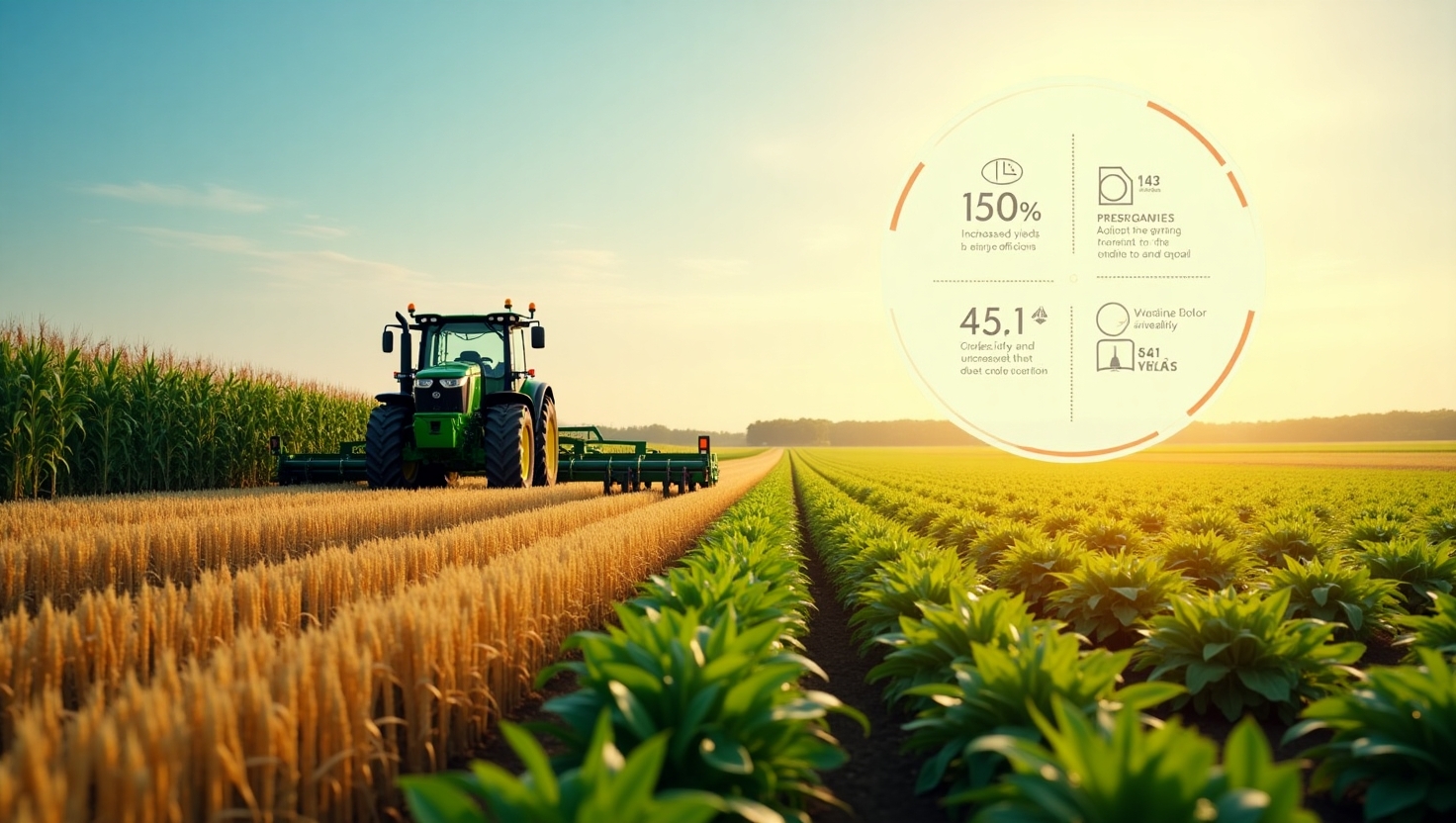The Importance of Crop Rotation in Soil Health
In the quiet rhythm of farming, where seasons come and go with gentle predictability, there’s a simple yet profound practice that sustains the land: crop rotation. This age-old method, passed down through generations, is more than just a tradition—it’s a cornerstone of healthy soil and resilient agriculture.

Understanding Crop Rotation
Crop rotation is the practice of growing different types of crops in the same area over a sequence of seasons. Instead of planting the same crop year after year, farmers alternate between different plant families, allowing the soil to recover and replenish naturally.
At its core, crop rotation works with nature rather than against it. Different plants have different nutrient needs and interactions with the soil. By rotating crops, we create balance—giving back what one crop may have taken and reducing the strain on the earth.
Benefits for Soil Health
1. Nutrient Balance
Every crop interacts with the soil in unique ways. Legumes, like beans and peas, fix nitrogen into the soil, enriching it for future plants that may need that nutrient. Heavy feeders, such as corn or tomatoes, deplete certain nutrients, but when followed by restorative crops, the soil has time to recover.
2. Pest and Disease Control
Many pests and diseases are crop-specific. When the same plant is grown repeatedly in the same place, these problems can build up. Rotating crops disrupts the life cycles of pests and pathogens, reducing the need for chemical interventions.
3. Improved Soil Structure
Different crops have different root systems—some are deep and tap into subsoil nutrients, while others are shallow and help prevent erosion. Rotating between them encourages a more stable, well-structured soil that retains water and resists compaction.
4. Weed Suppression
Certain crops, like rye or clover, can naturally suppress weeds by outcompeting them or releasing compounds that inhibit weed growth. Including these in rotation helps keep fields cleaner without excessive herbicide use.
A Gentle Approach to Sustainability
In a world where agricultural demands are high, crop rotation offers a quiet, sustainable solution. It doesn’t require expensive technology or drastic changes—just mindful planning and respect for the land’s natural cycles.
Farmers who embrace rotation often find that their soil becomes more fertile over time, their yields more consistent, and their farms more resilient to challenges like drought or disease. It’s a reminder that sometimes, the best way forward is to work in harmony with the rhythms of nature.
Final Thoughts
Crop rotation is more than a farming technique—it’s a philosophy of stewardship. By rotating crops, we honor the soil’s needs, protect its vitality, and ensure that it remains productive for generations to come. In the quiet turning of the seasons, there’s wisdom in letting the land guide us toward sustainable, healthy harvests.
Would you like to share your experiences with crop rotation? Feel free to leave a comment or reflection below.

